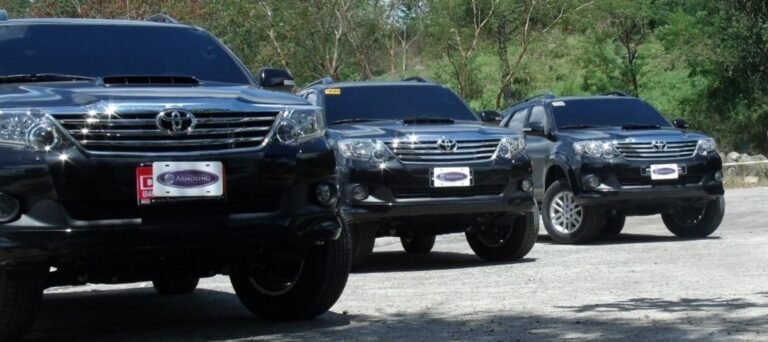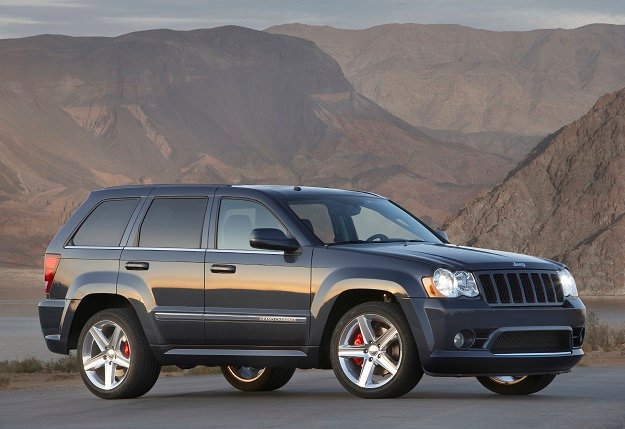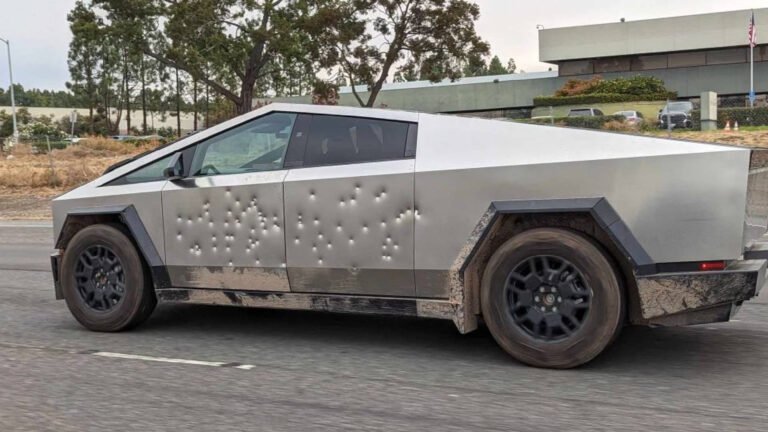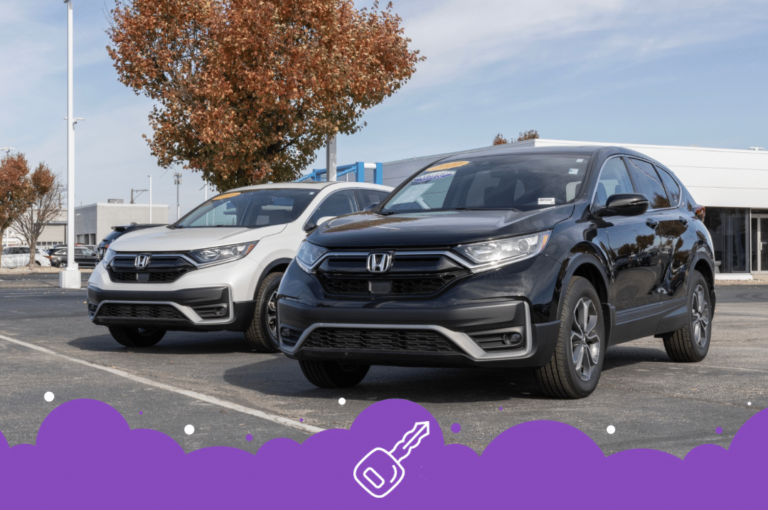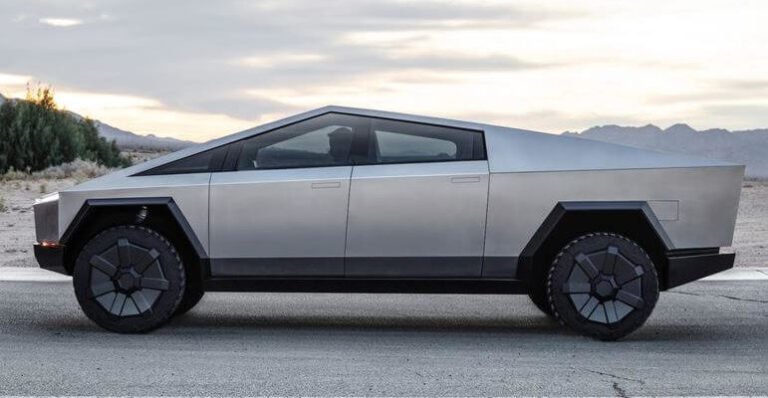Subaru Outback Years to Avoid: A Comprehensive Buyer’s Guide
For potential Subaru Outback buyers, knowing which model years to avoid can save significant headaches and repair costs. This detailed guide examines the most problematic Subaru Outback years and explains what to watch out for when shopping for this popular crossover SUV.
Most Problematic Subaru Outback Model Years
2013 Subaru Outback
The 2013 model year stands out as one of the most problematic for the Outback, with several major issues:
- Oil Consumption Problems: Many owners reported excessive oil consumption, requiring frequent top-offs between regular service intervals. Some vehicles consumed as much as one quart every 1,000-2,000 miles, leading to potential engine damage if not monitored carefully.
- CVT Transmission Issues: The Continuously Variable Transmission (CVT) exhibited numerous problems, including jerking, shuddering, and premature failure. Repair costs often exceeded $4,000, making this a significant financial burden for owners.
2015 Subaru Outback
The 2015 model introduced a new generation but brought several concerns:
- Battery Drainage Issues: Many owners reported dead batteries and electrical system problems, often requiring multiple battery replacements within the first few years of ownership.
- Infotainment System Glitches: The new infotainment system proved unreliable, with frequent freezing, screen blackouts, and Bluetooth connectivity problems that frustrated many owners.
Understanding Common Problems
When shopping for a used Subaru Outback, it’s essential to understand these recurring issues. Our friends at 10for10 have compiled extensive data showing that certain model years are particularly prone to specific problems.
2010-2012 Models
These years experienced:
- Head Gasket Failures: A notorious problem affecting many Outbacks from this era, often requiring expensive repairs between 90,000 and 120,000 miles.
- Oil Leaks: Various oil leaks from the engine and transmission became common as these vehicles aged.
2014 Model Year
While slightly better than 2013, the 2014 Outback still had issues:
- Brake System Problems: Many owners reported premature brake wear and occasional brake system failures.
- Air Conditioning System Failures: The AC compressor and related components showed higher failure rates compared to other years.
Specific Years and Their Issues
2016 Subaru Outback
Though generally more reliable than previous years, watch for:
- Windshield Durability Issues: Many owners reported easily cracking windshields, leading to frequent replacements.
- Minor Transmission Hesitation: Some CVT transmission problems persisted, though less severe than earlier models.
2018 Subaru Outback
Generally considered more reliable, but still had some concerns:
- EyeSight System Calibration Issues: The advanced driver assistance system sometimes required recalibration or exhibited false warnings.
- Minor Electronic Glitches: Some owners reported occasional infotainment system freezes and battery drain issues.
Best Years to Consider
While focusing on Subaru Outback years to avoid, it’s worth noting some standout model years:
2017 Model Year
- Improved reliability across all major systems
- Better infotainment system performance
- Enhanced safety features with fewer reported issues
2019-2020 Models
- Refined CVT transmission with fewer reported problems
- More robust electrical systems
- Better overall build quality and reliability
Tips for Buying a Used Outback
When shopping for a used Subaru Outback:
- Get a Professional Inspection: Always have a qualified mechanic inspect any used Outback before purchase, particularly for model years known to have issues.
- Check Service Records: Regular maintenance is crucial for these vehicles. Look for documented service history, especially for oil changes and transmission service.
Warning Signs to Watch For
During your inspection or test drive, watch for:
- Excessive Oil Consumption: Check the oil level and condition, and ask about consumption rates.
- Transmission Performance: Pay attention to any jerking, hesitation, or unusual noises during acceleration.
- Electrical Systems: Test all electronic features, including the infotainment system and safety features.
Making the Right Choice
When considering a Subaru Outback purchase:
- Research the specific model year thoroughly
- Consider the vehicle’s maintenance history
- Factor in potential repair costs for known issues
- Compare prices across different model years
Long-term Ownership Considerations
Understanding long-term ownership costs is crucial:
- Regular Maintenance Requirements: Subaru Outbacks require consistent maintenance to prevent major issues
- Insurance Costs: Different model years may have varying insurance rates
- Parts Availability: Newer models might have better parts availability and support
Conclusion
While the Subaru Outback is generally a reliable vehicle, certain model years present more problems than others. The 2013 and 2015 model years stand out as particularly problematic, while years like 2017 and newer tend to be more reliable choices. When shopping for a used Outback, thorough research and professional inspection are essential steps in making a wise purchase decision.
Common Questions About Problematic Outback Years
Are all problematic year Outbacks bad?
No, even in problematic years, many Outbacks perform well with proper maintenance. Individual vehicle history and maintenance matter more than model year alone.
How can I protect myself when buying a used Outback?
- Get a comprehensive vehicle history report
- Have a professional pre-purchase inspection
- Research common problems for the specific model year
- Check for open recalls and service bulletins
What’s the average lifespan of a Subaru Outback?
With proper maintenance, many Outbacks can exceed 200,000 miles, though problematic years might require more repairs to reach this milestone.
Should I avoid all Outbacks from problematic years?
Not necessarily. Well-maintained vehicles from these years can still be good purchases if:
- They have complete service records
- Major known issues have been addressed
- The price reflects the model year’s known problems
- A thorough inspection shows good current condition
By understanding which Subaru Outback years to avoid and what to look for in a used vehicle, buyers can make informed decisions that balance their desire for this capable crossover with the need for reliability and value.


